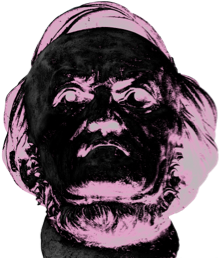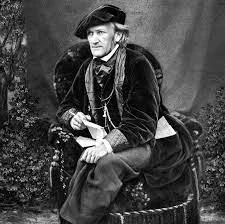As with any other 19th-century composer, Richard Wagner was indebted (in his case quite literally) to his sponsors and patrons. Otto Wesendonck, a wealthy merchant, was one of Wagner’s most long suffering supporters. Although it may have been Herr Wesendonck’s generosity which sustained Wagner the man, it was Frau Mathilde Wesendonck who sustained Wagner, the man. When the Wesendoncks met Wagner in 1852, Wagner had been married to his first wife Minna for sixteen years. In 1857, Minna discovered a romantic letter her husband had written to Mathilde, and the Wagners subsequently spent the final years of their marriage living apart. It was during the heat of his troubles with Minna that Wagner composed his Wesendonck Lieder or Fünf Gedichte für eine Frauenstimme.
We excerpted the popular fifth song, Träume(1858),for one of our more sincerely fond portraits of Wagner. There is a note in the score saying this song is a “Studie zu Tristan und Isolde,” and indeed, it can be found almost note for note in the Second Act of Tristan. This is music which serenely represents (or perhaps wills?) Sehnsucht, that most meaning laden word in the German lexicon, which when translated into English as “longing” is stripped bare of all its literary and musical allusions. With ever-blooming harmonies spreading under recurring motifs, creating suspensions and releases, moments of passion and stillness which never quite resolve, we find many of the typical hallmarks of what makes Wagner’s music special in this song.
Pierre-Nicolas Colombat
January, 2023

